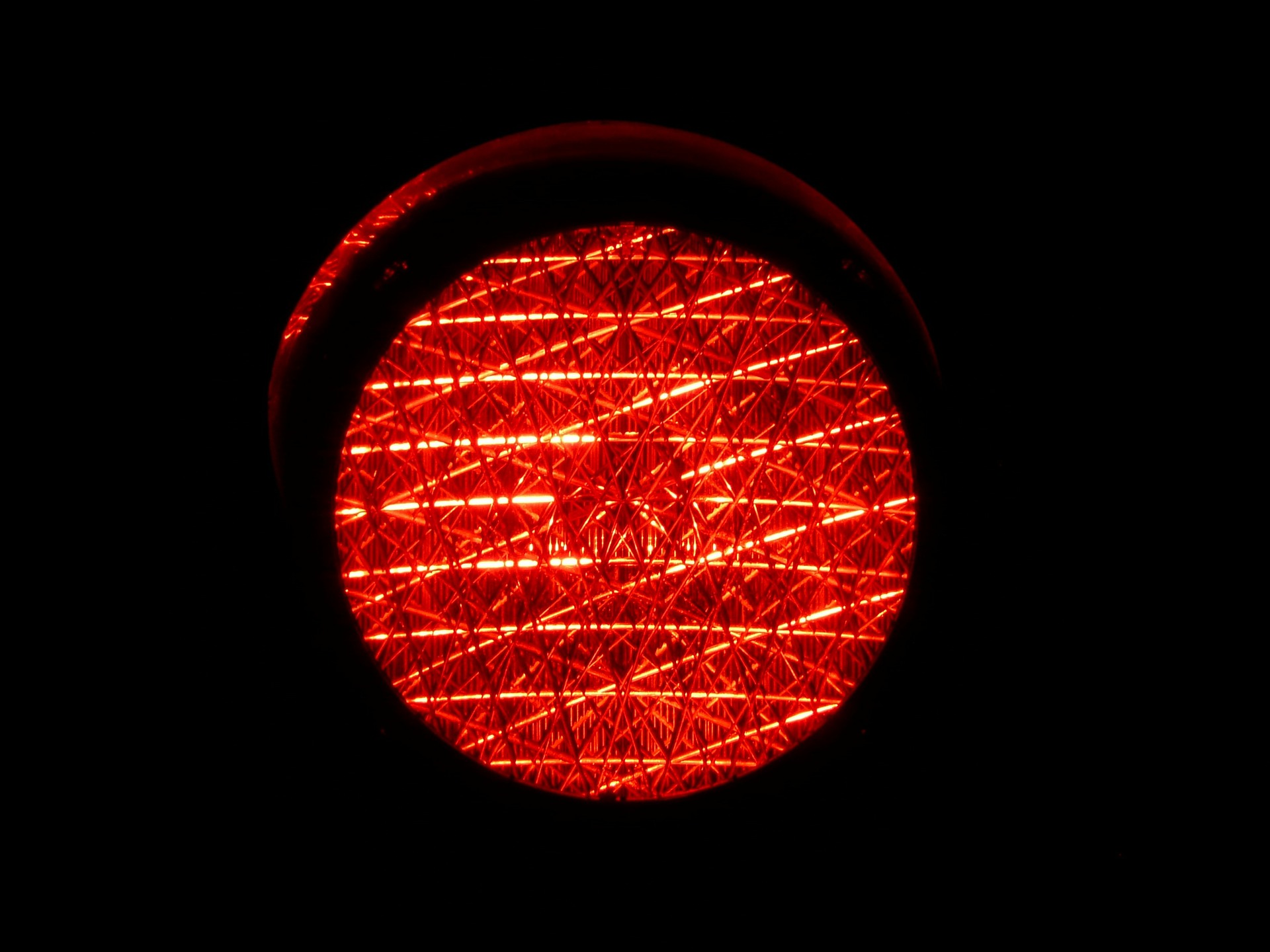Slowly, the responsible Commission must develop a new color because the Corona traffic light is getting more red. According to the committee’s working document published by APA, all federal states show an increasing trend in the number of infections over the past two weeks, which means they are moving further away from the orange zone of high risk. The test-friendly federal capital is still holding up best.
Things are slowly getting tight in the normal wards, too. According to the forecast, 18 percent of the beds in Burgenland will already be occupied by Covid in a fo. Double-digit percentages are expected everywhere except in the three western provinces and Upper Austria. An increase in occupancy is expected in all areas.
This is probably also related to the fact that the infection figures are rising sharply in the group of older people at risk, namely by 30 percent in the over-65s most recently. Across all groups, the increase was 28 percent.
Many infected persons still asymptomatic at testing are found only in Vienna. As many as 69 percent of the cases in the federal capital belong to this group. For comparison: In Carinthia, it is six percent. However, in Carinthia, not even 42,000 tests per 100,000 inhabitants are carried out per week, whereas in Vienna, the remaining offer is used extensively, with almost 137,000 per 100,000 inhabitants. In Carinthia, 6.5 percent of the tests carried out were positive; in Vienna, only two percent. Salzburg has the highest positivity rate with 8.6 percent.
It can be assumed that the number of infections found will automatically go down with the reduction of tests from April. However, the number of infections is still reflected on the traffic light in bright red. From 100, the maximum risk zone begins, and no federal state is even close to the value. Vienna worsened this week from 122.3 to a risk score of 170.2 and is still far from the other provinces. Lower Austria has the second-best value with 338.9, while Burgenland is currently the worst with 410.1.
However, the commission meeting minutes – available to the APA – show why the original recommendation to reintroduce preventive measures was revised in last week’s meeting and replaced by a weakened, general advice in a second vote. The reasoning reads rather idiosyncratically.
The argument is that information about the recommendation had gone from the panel to the media. This constitutes an “inadmissible instrumentalization” of the Commission: “To counteract this instrumentalization as well as any communication problems in the context of the media coverage, the recommendations are called up again by the Chairperson, and the existing wording is called into question, as well as an alternative wording proposal is introduced, which is put to the vote after a detailed discussion as well as another interruption,” reads the provisional minutes of the panel chaired by Chief Medical Officer Katharina Reich. There were six abstentions on this second vote and only one abstention on the original, stricter text. The latter, however, is not recorded in the minutes.
Today, Thursday, there is no need for such discussions. There will be neither reports nor recommendations at this meeting – as there is now every fortnight. What is approved is the color scheme, which can already be seen in the working document.
- surce: k.at/picture: pixabay.com
This post has already been read 1215 times!



